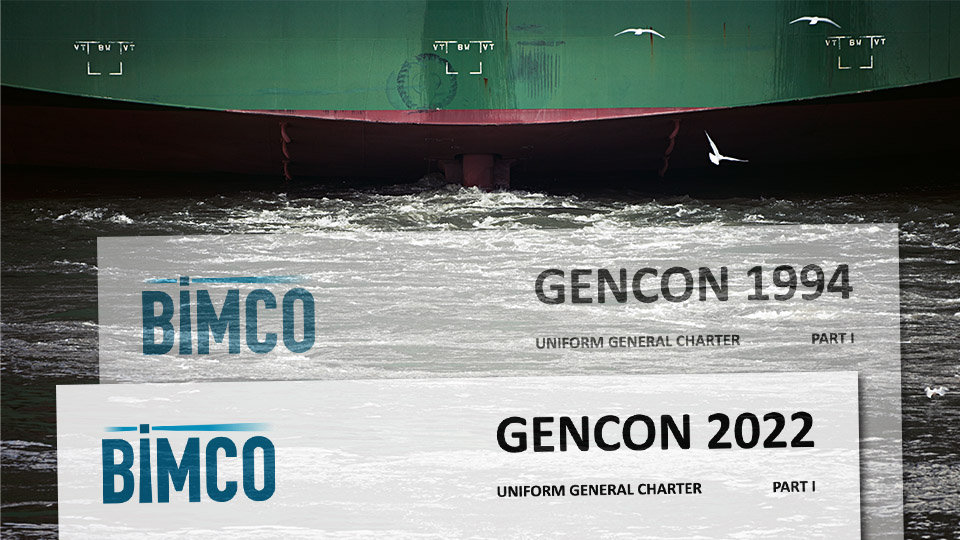
CONTACT BIMCO
Grant Hunter
Director of Standards, Innovation and Research
London, United Kingdom
- +44 7786 627 796
- innovation@bimco.org

"In one sense, GENCON is a curious anomaly," says John Weale, who chairs the GENCON revision subcommittee.
He continues:
Every other dry cargo charter in regular use comes from a cargo source. It is also very old: much of the 1994 version goes back to the 1922 Uniform General Charter of the Documentary Council of the Baltic and White Sea Conference. Most shipping people seem to worship tradition; but a century later, it is surely time to think again.Like GENCON 1994, the new version of GENCON is based on FIOS terms – that is, it divides up between the Owners and the Charterers the obligations to be assumed by the carrier under the contract of carriage. And the problem for the draftsman is how to draw a clear and comprehensible line between the Charterers’ responsibility for the safe loading and stowage of the cargo, and, on the Owners’ side, the duty to provide a seaworthy ship. And this situation is made more uncertain by the potential ambiguity of expressions like “seaworthy,” which may refer just to the ship itself as a seagoing entity, or may also extend to wider concepts such as cargo-worthiness.
The handling of the cargo is covered in the Loading and Discharging clause of our GENCON draft, which states in plain terms that the Charterers shall handle the cargo at their risk, responsibility and expense – that is, 100% on their shoulders. But what if the stowage of the cargo endangers the ship itself? The example usually cited is critical instability, which the Charterers have no means of knowing, but which should be clear to the Master. Exactly how should we delineate this sort of risk and leave it with the Owners, where it logically belongs, but at the same time avoid drawing our exclusion too widely?
At time of writing, the sub-committee’s discussions have narrowed down to two distinct types of solution. One would be to carve out the Charterers’ responsibility where they can prove that the loss or damage results from the Master’s breach of duty as to the safety of the ship. The alternative solution would be to take refuge in a well-tried expression, and say that the handling of the cargo will be the Charterers’ responsibility, but under the supervision of the Master.
The commercial attraction of “under the Master’s supervision” is that it is familiar; and it would match the familiar wording of clause 8 of the NYPE form. The disadvantage is that the word “supervision” is itself rather ambiguous, - especially here, when you are trying to identify the point where the Master has a duty to intervene. And in any case, if it happens that both parties know of the danger, whose failure to intervene should be the legal cause of the loss? This is not like a collision: in contract, it is all or nothing, and we have to allocate the risk and responsibility 100% one way or the other.
It seems likely that “under the supervision of the Master” will be our chosen solution, simply on grounds of familiarity and practice.